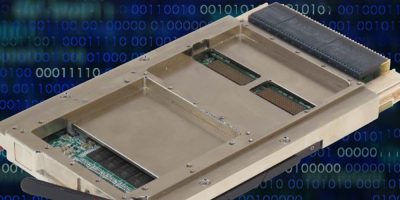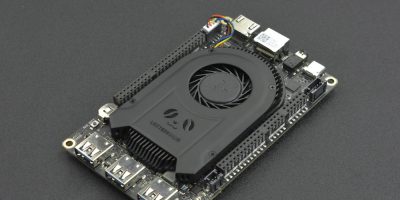RISC-V CPU IP vendor, Andes Technology, and Green Hills Software will collaborate to develop an integrated, secure hardware-software platform for automotive applications.
Andes Technology’s ASIL-certified AndesCore 25-Series RISC-V processor family will be integrated with Green Hills’ safety-certified µ-velOSity real time operating system (RTOS), the ASIL-certified MULTI development environment with advanced system-level debugging and analysis tools and C/C++ optimising compilers, along with the Green Hills probe for JTAG and trace target connections.
The combined hardware and software platform is designed for SoC companies and end customers to create market-leading 32bit / 64bit RISC-V-based SoCs targeting critical functions requiring ISO 26262 ASIL B to ASIL D. The offering will be used for vehicle electronics requiring compact and cost-sensitive SoCs that are still capable of ASIL certification, confirmed Green Hills Software.
The CPU IP cores are based on AndesStar V5 architecture incorporating RISC-V technology. Its five-stage pipeline is optimised for high operating frequency and high performance, with a small gate count. The 25-Series supports optional single- and double-precision floating point instructions. It also offers branch prediction for efficient branch execution, instruction and data caches, local memories for low-latency accesses, and ECC for L1 memory soft error protection.
Through design guidance and training, Green Hills Software’s services teams help customers achieve their own tailored levels of safety, security, and performance, with the highest developer productivity.
Andes Technology claims to be the first RISC-V processor IP vendor to receive ASIL D process certification for both hardware (ISO 26262-5) and software (ISO 26262-6). The functional safety-enabled Andes Technology and Green Hills Software offering is expected to be available for general licensing by the second half of 2022.
“AndesCore RISC-V processor IP with safety enhancement has already been adopted by several early customers,” said Dr Charlie Su, Andes technology president and CTO. “The . . . partnership with Green Hills Software enables us to further offer comprehensive and robust development support for our customers. We welcome the benefits that Green Hills Software’s mature functional safety solutions bring to the RISC-V community to speed up the adoption of RISC-V safety-related applications,” he added.
Expanding the Green Hills’ portfolio to include the latest advanced safety-certified RISC-V AndesCore IP in a combined hardware-software solution means “SoC providers using the AndesCore 25-Series family can immediately start developing their next generation vehicle ECUs with the highest performing, lowest power offerings, while reducing their customers’ time to market and development costs by offering integrated and optimised production-proven solutions,” said Dan Mender, vice president, business development, Green Hills Software.







